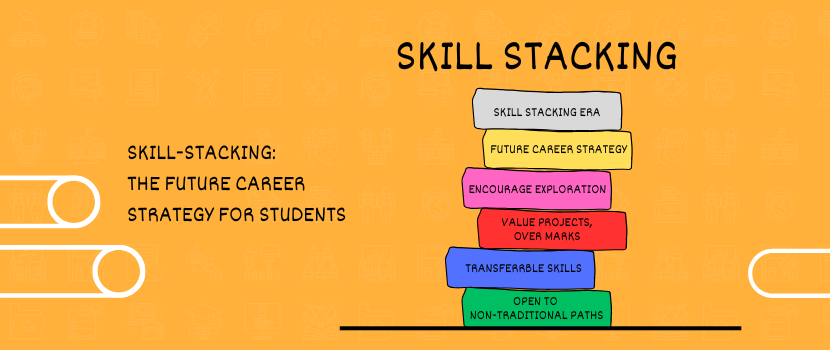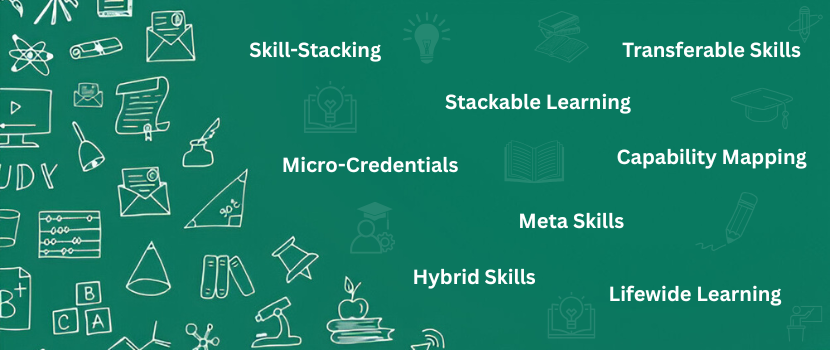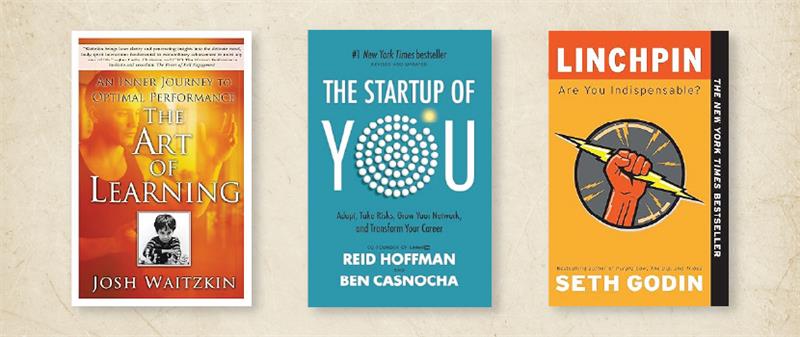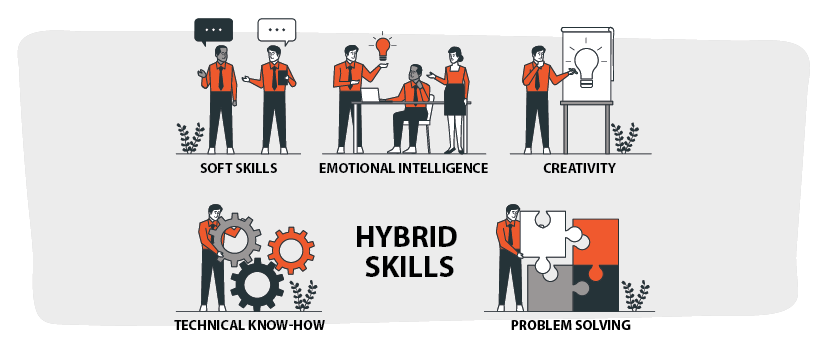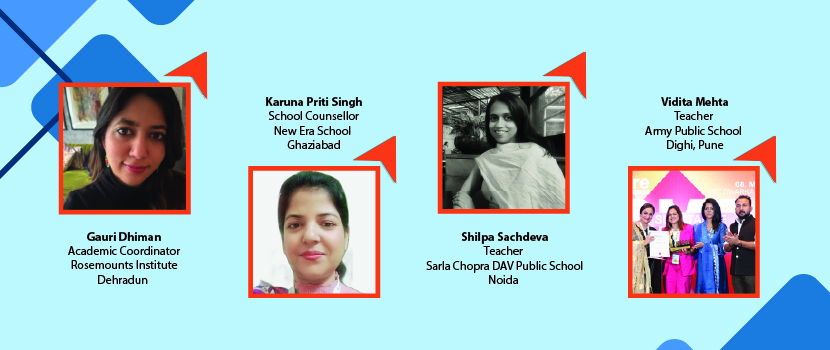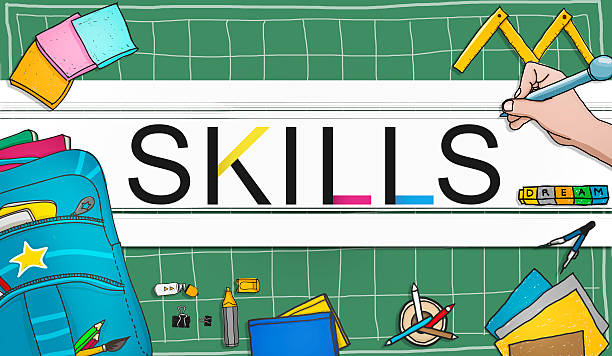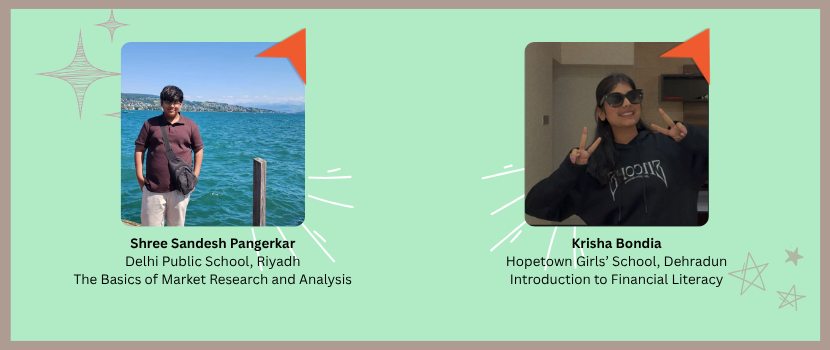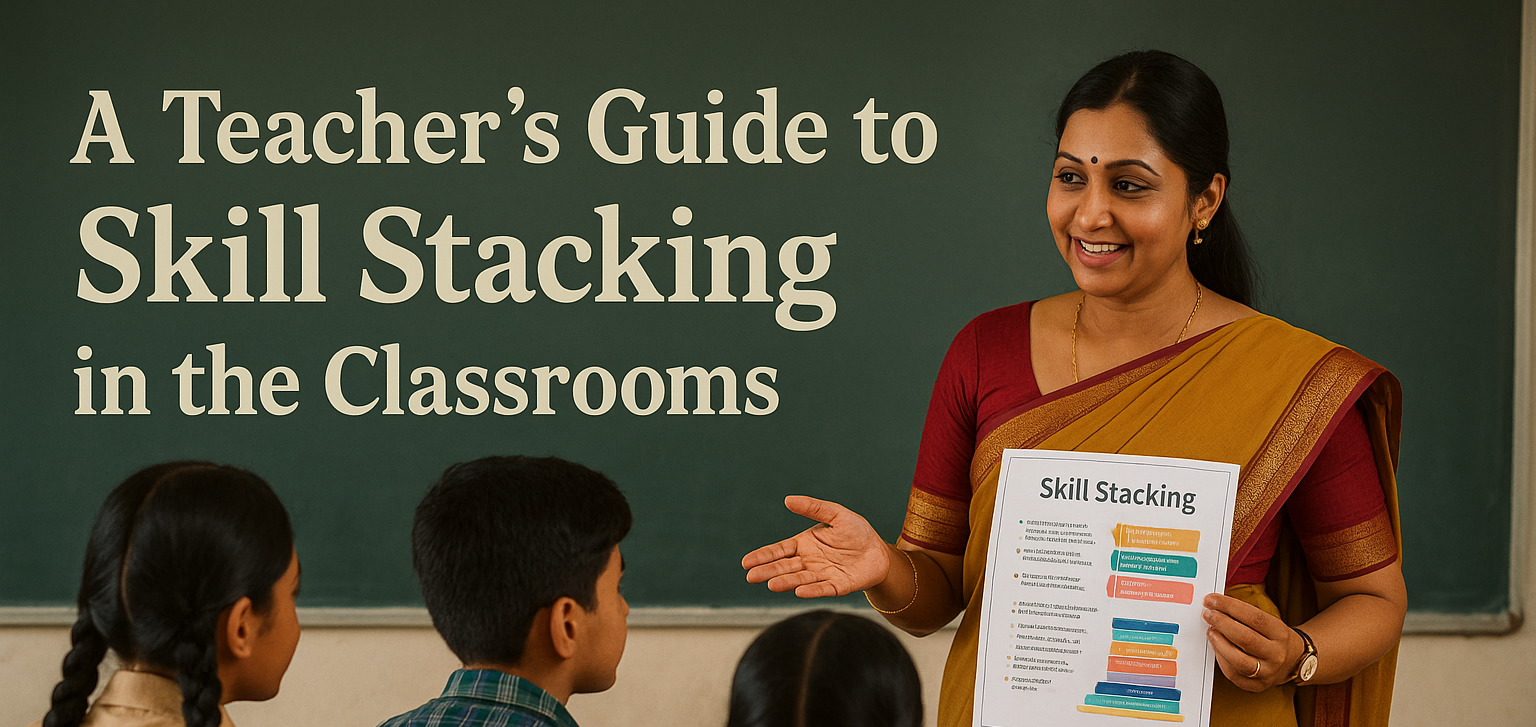Spotlight On Our Interns: Track how they are making an impact and shaping their futures
Krisha Bondia and Shree Sandesh Pangerkar reflect on their internship journey with Zamit, sharing insights into their experiences and learnings.
Krisha Bondia, Intern, Introduction to Financial Literacy, Dehradun
Here is my short journey blog — a glimpse into everything I learned, explored, and discovered about managing money wisely.
What started as curiosity turned into confidence, and numbers turned into life lessons.
Shree Sandesh Pangerkar, Intern, The Basics of Market Research and Analysis, Riyadh
When I signed up for the Zamit project, I assumed I would be learning a few things about research — what I learned was much more. I was able to walk for a brief period in the real world of market research, and it made me think completely differently about data, decisions, and the relationship between the two.

